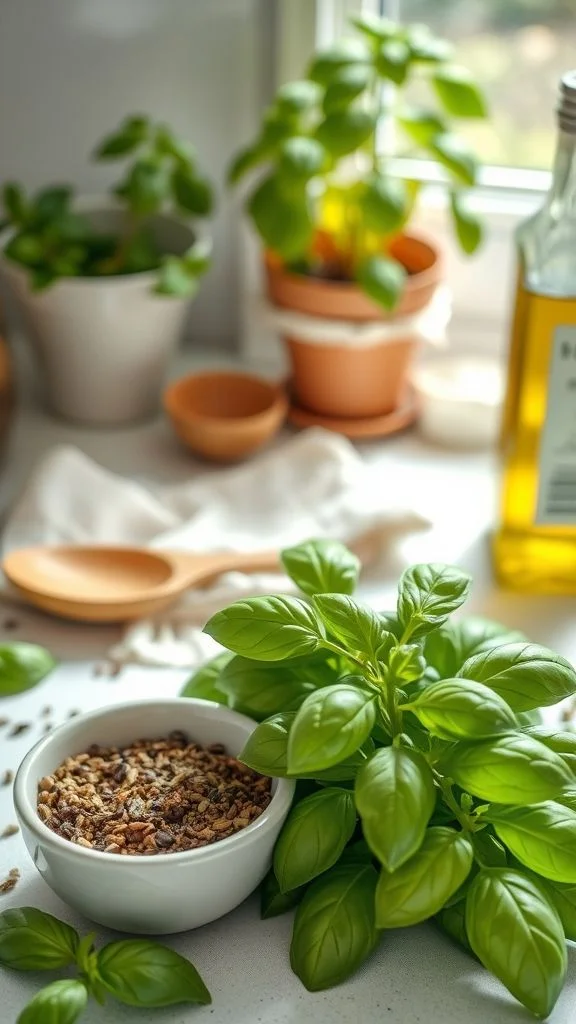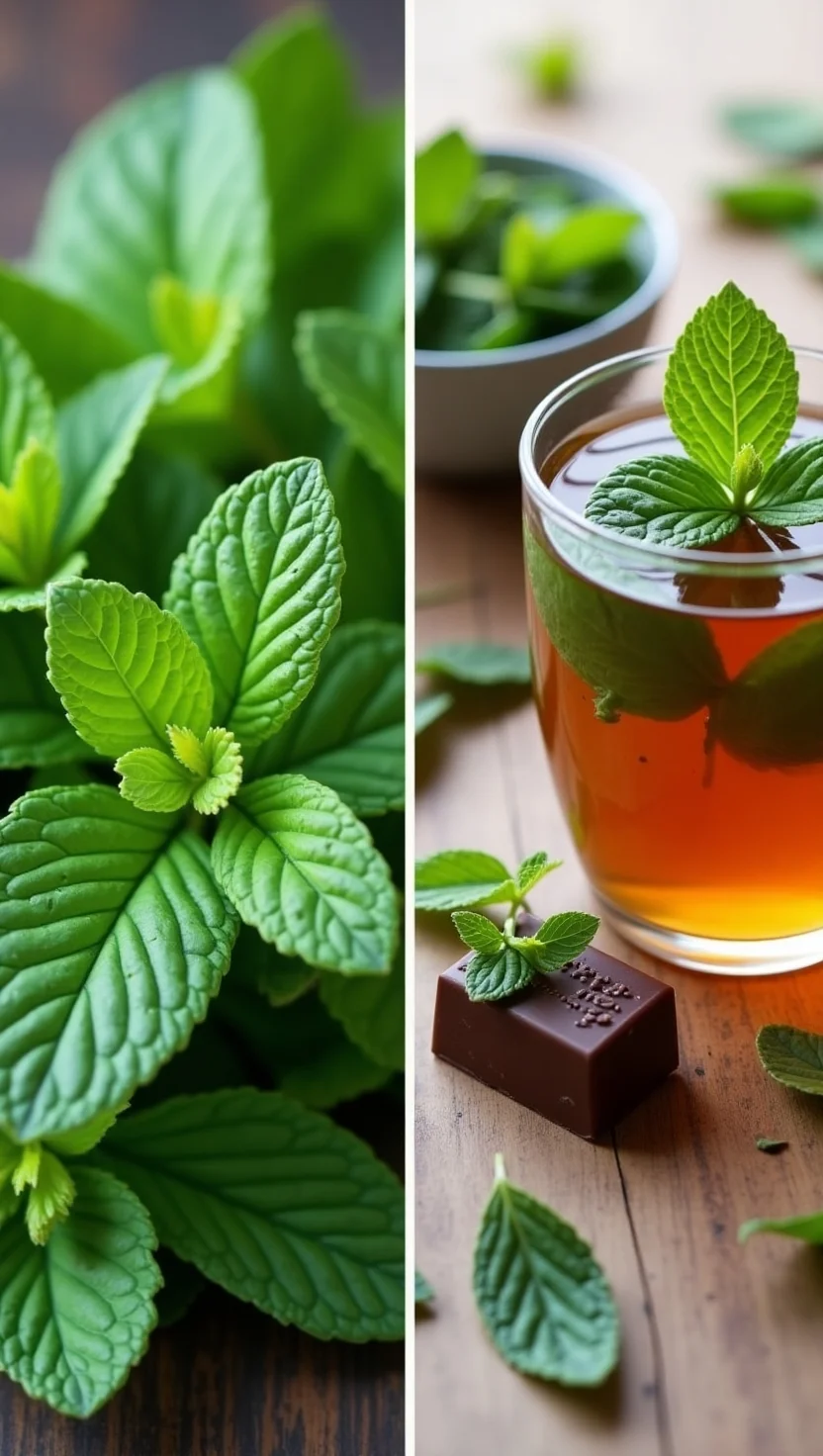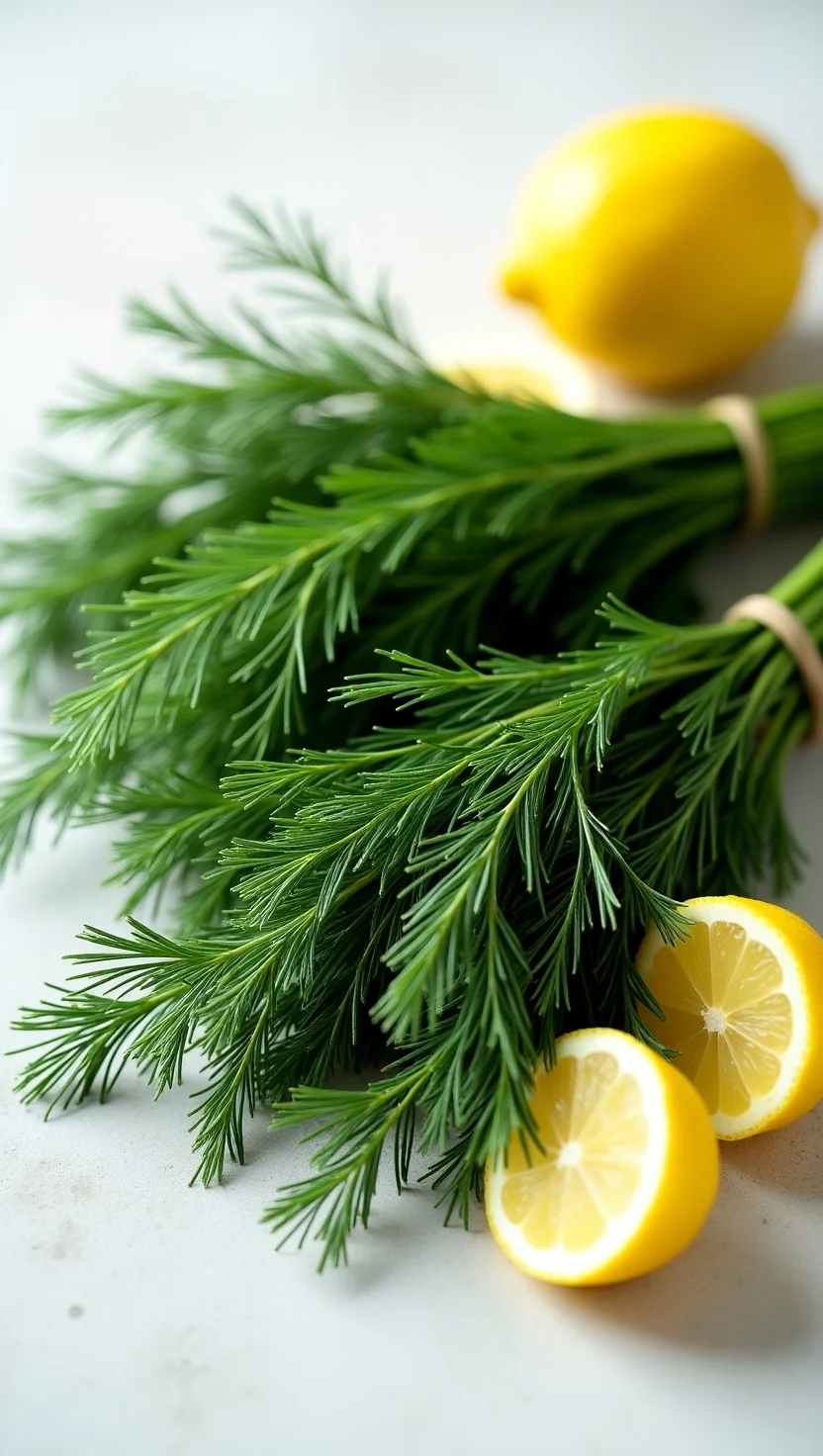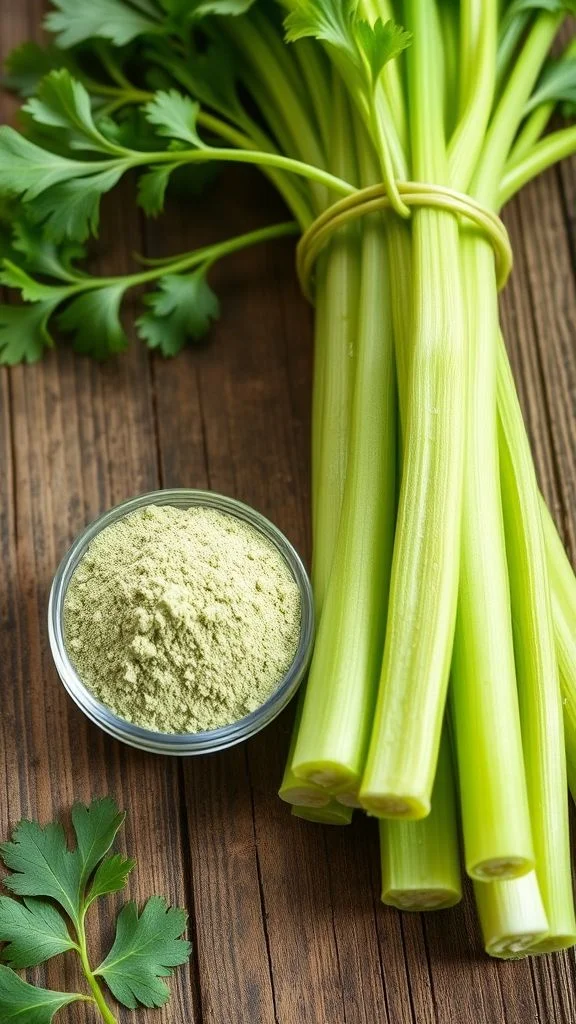Cilantro, also known as coriander leaves in many parts of the world, is a fragrant herb widely used in global cuisines. From Mexican salsas to Vietnamese soups, cilantro brings a zesty, citrusy brightness that transforms dishes. But what exactly is cilantro, and why is it so beloved—or, controversially, disliked?
Originating from the Mediterranean and Middle Eastern regions, el cilantro has a long and flavorful history. Its use dates back thousands of years to ancient Egypt and Rome, and today, it’s a staple in cuisines across Asia, the Americas, and Europe. Interestingly, the love-hate relationship people have with cilantro may be genetic—some people perceive its flavor as fresh, while others find it soapy due to a specific olfactory receptor gene.
Whether you’re a lifelong fan or just getting started, there’s much to explore about this versatile herb.
Table of Contents
Nutritional and Health Benefits
Cilantro is more than just a garnish. It’s a nutrient-dense herb packed with essential vitamins and minerals. Just a handful of fresh cilantro can offer:
- Vitamin A – supports eye health and immune function
- Vitamin K – essential for blood clotting and bone health
- Vitamin C – a powerful antioxidant that boosts immunity
- Potassium, calcium, and magnesium – contribute to heart health and muscle function
Scientific studies have shown that cilantro possesses anti-inflammatory, antibacterial, and digestive-supporting properties. Its natural oils have been linked to reduced anxiety and improved sleep. Additionally, cilantro seeds—often known as coriander seeds—have been used traditionally to aid in digestion and control blood sugar levels.
Culinary Uses and Recipes
Cilantro is used differently across cultures and cuisines. Its fresh leaves, stems, seeds, and even roots play a role in cooking.
Global Culinary Applications
- In Mexican cuisine, cilantro is a must-have in guacamole, salsa, and cilantro lime sauce—a creamy blend that pairs perfectly with tacos, grilled chicken, and rice bowls.
- In Southeast Asia, particularly in Vietnamese and Thai dishes, Vietnamese cilantro (also known as rau răm) is used to flavor soups, salads, and spring rolls. It has a spicier, more peppery profile than standard cilantro.
- In Indian cooking, cilantro leaves garnish curries and dals, while cilantro seeds (coriander) are roasted and ground into spice blends like garam masala.
Popular Recipes
Cilantro Lime Sauce
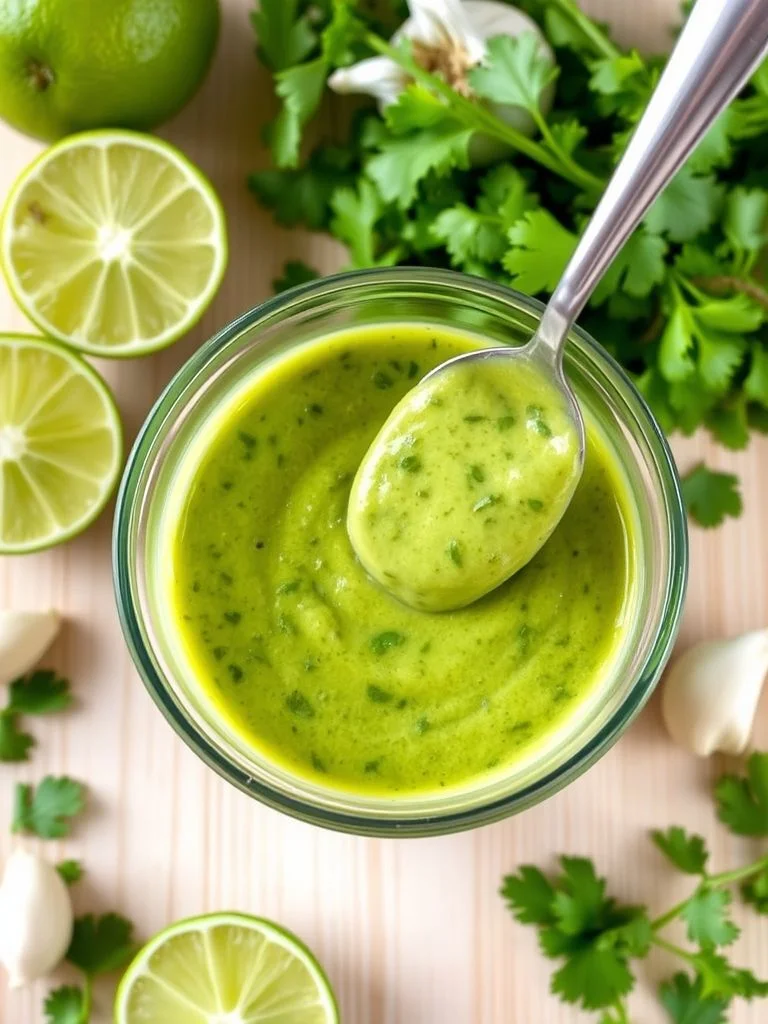
Blend together Greek yogurt, garlic, lime juice, olive oil, and chopped cilantro. This vibrant sauce is excellent as a dip, salad dressing, or topping for grilled meats.
Spicy Vietnamese Noodle Salad with Vietnamese Cilantro
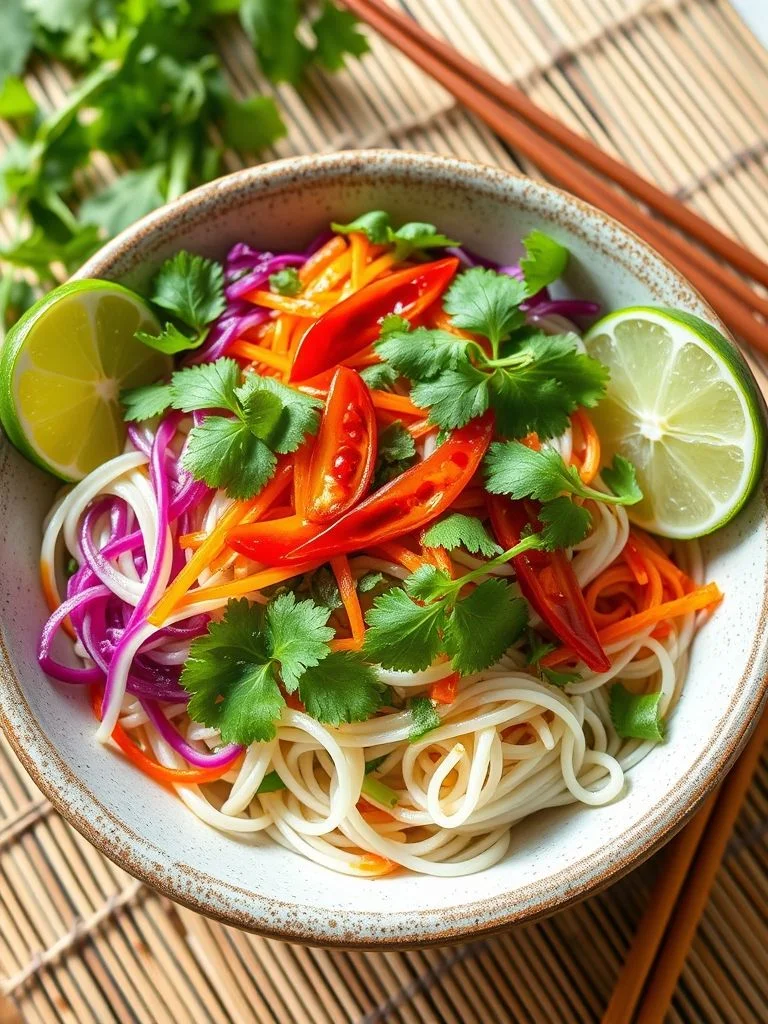
Toss rice noodles with shredded vegetables, fresh herbs including Vietnamese cilantro, fish sauce, lime, and chilies for a refreshing and complex flavor.
Coriander Chicken Curry
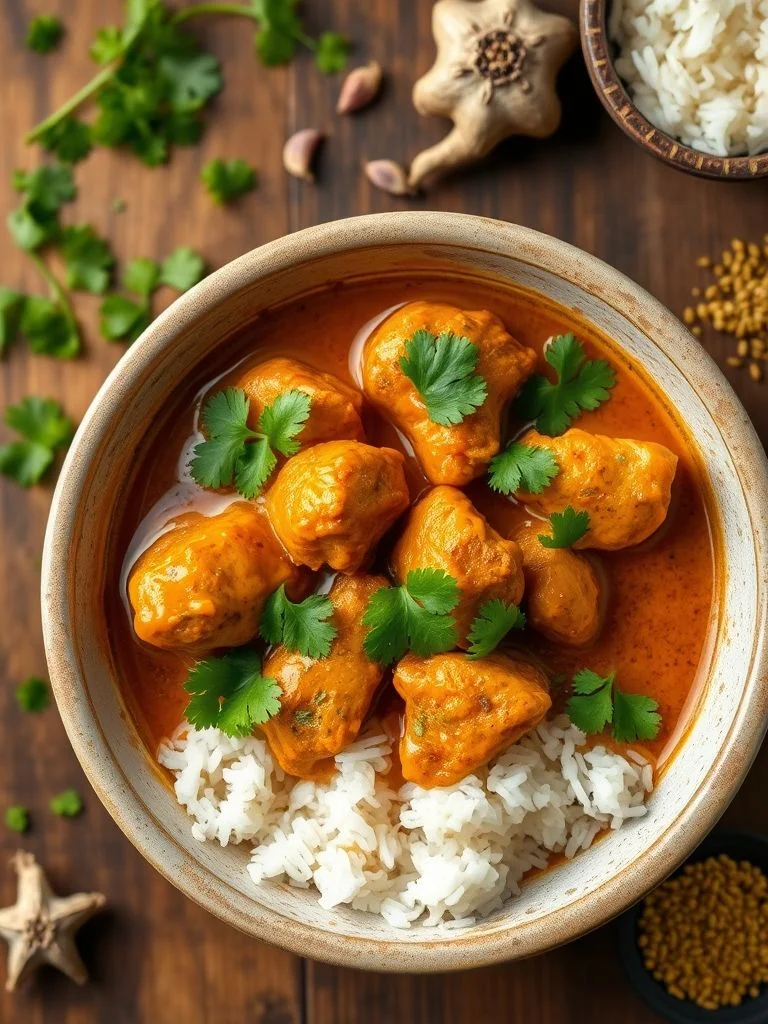
Marinate chicken in a paste of ground cilantro seeds, garlic, ginger, and yogurt. Cook with onions, tomatoes, and spices for a rich and aromatic curry
Flavor-Boosting Tips
- Add fresh cilantro at the end of cooking to preserve its delicate flavor.
- Use dried cilantro for subtle background notes in stews and broths.
- Pair cilantro with citrus, garlic, and chili for a bold flavor combination.
Substitutes and Alternatives
Can’t find cilantro? Here are a few common alternatives:
- Flat-leaf parsley – Mild and fresh, though less citrusy. Great in salads and sauces.
- Thai basil or mint – Excellent in Asian recipes for a similar herbal kick.
- Culantro – A cousin of cilantro with a stronger flavor; popular in Caribbean and Latin cuisines.
Flavor Profile Comparison
| Herb | Flavor Profile | Best Use |
|---|---|---|
| Cilantro | Bright, citrusy | Tacos, salsa, salads |
| Culantro | Earthy, pungent | Stews, soups, rice dishes |
| Parsley | Mild, slightly peppery | Garnishes, sauces |
| Vietnamese cilantro | Spicy, slightly bitter | Vietnamese and Thai dishes |
Substitution Tips
When using substitutes, start with smaller amounts and adjust to taste. For instance, culantro is more pungent, so use half the quantity.
How to Dry and Store
If you have an abundance of fresh cilantro, drying and storing it properly can ensure you enjoy it year-round.
Drying Methods
- Air Drying
Tie cilantro stems in small bunches and hang upside-down in a dry, well-ventilated area away from direct sunlight. - Oven Drying
Spread leaves on a baking sheet and dry at the lowest oven setting (around 170°F / 75°C) for 1-2 hours, checking frequently. - Dehydrator
Use a food dehydrator for best results. Dry until leaves crumble easily.
Storage Tips
- Store dried cilantro in airtight glass jars, away from heat and sunlight.
- Label with the drying date; it typically stays potent for up to 1 year.
- Fresh cilantro should be stored with stems in a glass of water in the fridge, covered loosely with a plastic bag.
Conclusion and Summary
Cilantro is much more than just a topping—it’s a culinary powerhouse with deep cultural roots and impressive health benefits. From cilantro lime sauce to fragrant curries, its unique flavor elevates dishes across the globe. Whether you’re working with fresh leaves, dried cilantro, or experimenting with cilantro seeds, this herb deserves a permanent spot in your kitchen.
Don’t be afraid to try Vietnamese cilantro or explore new recipes. You might just discover your new favorite ingredient.
FAQs
1. Can I use cilantro both fresh and dried?
Yes, but note that fresh cilantro has a stronger, brighter flavor. Dried cilantro works well in long-simmering dishes like soups or stews.
2. How long does fresh cilantro last in the fridge?
If stored properly with stems in water and loosely covered, it can last up to 10 days.
3. Are cilantro seeds the same as coriander?
Yes, cilantro seeds are also known as coriander seeds. They have a warm, nutty flavor and are commonly used in spice blends.
4. Is there a difference between cilantro and Vietnamese cilantro?
Yes. While both are herbs, Vietnamese cilantro (rau răm) has a spicier and more peppery taste. It’s technically a different plant species.
5. Are there any side effects of eating too much cilantro?
Cilantro is generally safe, but in rare cases, excessive amounts may cause digestive upset or allergic reactions. Moderation is key.
For more information and to explore the world of herbs, you can visit the following links:
Dill: 5 Culinary Powers That Will Make You Love This Herb
Top 5 Amazing Mints Benefits, Uses & Recipes
Dried Basil Benefits for Kitchen & Garden
